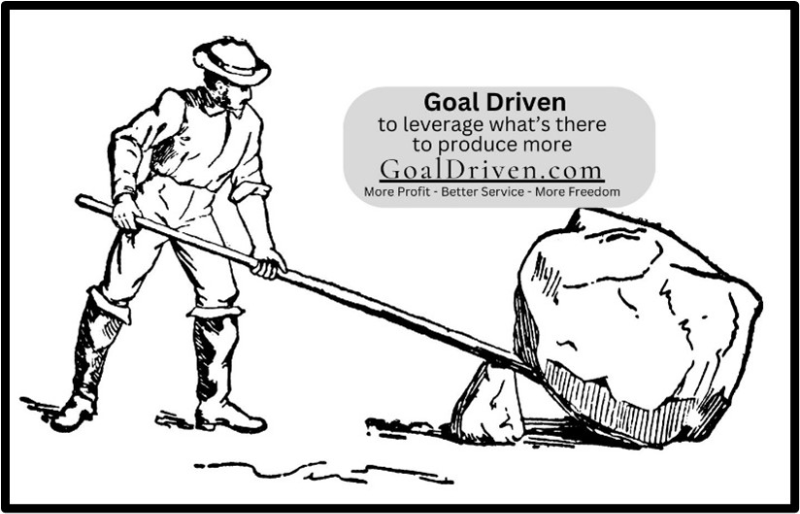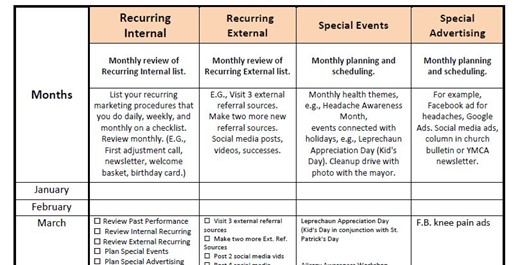
Responsibility Scale – Ownership or Spectator?
A few years ago, I was teaching an exercise program to a group of underprivileged kids ranging from 8 to 13 years old.
The program was part of a larger volunteer program run out of an old, dilapidated church. The kids came from a very rough environment. Keeping them focused in class was challenging, and getting them to participate was even harder.
I would start the class by going over a virtue. This might include kindness, cleanliness, honesty, or discipline. When I asked the group questions, no one would usually answer.
Except for this one time.
I asked the children what the word “responsibility” meant. In the back row – I had them all standing in rows – one scruffy-looking boy, about 10, immediately raised his hand and said: “Ownership.”
“Ownership.” I was stunned. Not only did someone answer, and quickly, but what a perfect definition!
RESPONSIBILITY IS OWNERSHIP
Responsibility is taking ownership. It is saying “I caused that.” “That is mine.” It could also be saying, “I didn’t cause that.”
It is not deferring to excuses or outside forces. Sure, there are many things outside your zone of control for which you cannot take responsibility. But your job and the group you work with are within your limits. If the office is not doing well, don’t blame it on your childhood, Spring Break, or Taylor Swift.
As an employer, you should encourage your team to take responsibility. Their job, or department, is their sandbox, too. Encourage them to offer suggestions for the entire practice as well – and listen to them.
And on the other hand, all employees are stakeholders. They aren’t working for a large and well-funded corporation or government agency. How they perform each day determines how the entire office will perform.
And something else: a friend of mine says: “Everyone is on commission, but most just don’t know it.”
CHIROPRACTIC HEALTHCARE PRACTICE OWNERSHIP
We discussed the concept of responsibility and ownership in our Chiropractic Healthcare Practice MBA program by reviewing Jacko Willink’s book, Extreme Ownership.
Some managers played it for their team meetings. I recommend you do it as well. (The link is below.)
No doubt, we all take responsibility and ownership for our work. We are professionals. Sometimes, however, our determination can slip. When you notice yourself complaining about things, know that you are slipping! Complaining IS a form of responsibility, but just a very low form.
A scale of responsibility might look something like this:
SCALE OF RESPONSIBILITY
Extreme Ownership
Ownership
Spectator
Complainer
Blamer
Apathetic
Here is a quote from Jocko Willink, and I recommend watching a clip from his TED talk with your team.
“Implementing Extreme Ownership requires checking your ego and operating with a high degree of humility. Admitting mistakes, taking ownership, and developing a plan to overcome challenges are integral to any successful team.”
― Jocko Willink, Extreme Ownership: How U.S. Navy SEALs Lead and Win
Stay Goal Driven,
Ed
TED Talk. Jacko Willink. Extreme Ownership. ( 13 Minutes)
—————————————————-
If your practice building efforts aren’t taking you to your goals,
there are reasons — many of which are hidden from you.
Find out what they are and how to sail to your next level by getting and implementing my new book, The Goal Driven Business.

The Goal Driven Business, By Edward Petty



















 Used to be a popular TV program called Cheers back in the 80’s. It was modeled after a bar in Boston with the same name. As a situational comedy, Cheers presented a familiar group of customers who came to the bar to have a drink, but also to relax, socialize, and have good cheer.
Used to be a popular TV program called Cheers back in the 80’s. It was modeled after a bar in Boston with the same name. As a situational comedy, Cheers presented a familiar group of customers who came to the bar to have a drink, but also to relax, socialize, and have good cheer.



